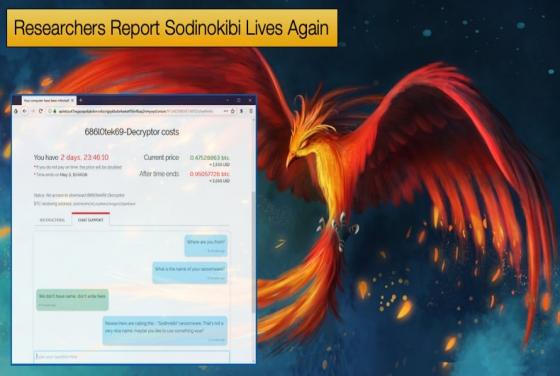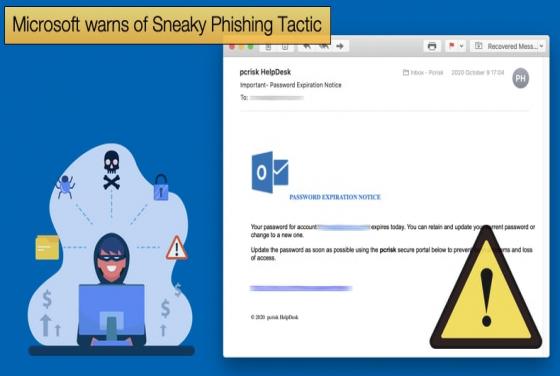

Researchers Report Sodinokibi Lives Again
Also known as REvil, and sometimes referred to as the Crown Prince of Ransomware, Sodinokibi has long been the thorn in the side of large enterprises and a headline maker. This year alone those behind the ransomware were responsible for both the JBS incident and the Kaseya incident. The latter promp








